Today, Zhidian Automobile takes a closer look at the core technology behind the new BYD e6 to uncover what makes this car stand out. With an impressive range of up to 450km (participation, picture, inquiry), can it truly compete with the Tesla Model 3? Let’s dive into the details. The first key point is that the e6 battery pack successfully balances safety and performance. In terms of performance, the new e6 continues to use lithium iron phosphate (LFP) batteries, which have been a staple in BYD’s lineup. The battery capacity has increased from 82kWh to 91kWh, significantly boosting the driving range to 450km. For most consumers, this is a game-changer, helping to eliminate the anxiety of running out of charge after just a day or two. However, when looking at energy efficiency per kWh, the e6 falls behind many of its competitors. Even compared to smaller electric vehicles like the D2, Emgrand, Beiqi EU260, and even Tesla models, the e6's energy consumption per kilowatt-hour is notably higher. This is primarily due to the choice of lithium iron phosphate over ternary lithium-ion batteries, which generally offer higher energy density. To understand why LFP batteries have lower energy density, we need to look at the basic structure of a battery cell. A typical battery consists of a positive electrode, negative electrode, electrolyte, and separator. During discharge, lithium ions move from the negative to the positive electrode through the electrolyte, while electrons travel through an external circuit to generate current. The separator ensures the two electrodes don’t touch, preventing short circuits. The energy density of a battery is largely determined by the materials used in the positive and negative electrodes. While graphite is commonly used as the anode material with a high specific capacity (over 350 mAh/g), the cathode materials vary. Lithium iron phosphate (LFP) has a lower specific capacity than ternary materials like nickel-cobalt-manganese (NCM). As a result, the energy density of LFP is lower, leading to higher energy consumption per kilowatt-hour. So why does BYD still choose LFP batteries? Despite their lower energy density, they offer significant advantages: superior safety, longer cycle life, and lower cost. LFP batteries are more thermally stable and less prone to thermal runaway. They also last longer—up to 5,500 cycles compared to around 2,500 for NCM batteries. Plus, the raw materials for LFP are cheaper, making the overall battery system more affordable. Considering all these factors, BYD made a strategic decision to go with LFP batteries rather than ternary ones. It’s a balance between performance, safety, and cost, not a compromise on quality or reliability. Another standout feature of the e6 is its intelligent battery temperature control system. Since lithium batteries are sensitive to temperature changes, extreme cold or heat can reduce performance. The e6’s system helps maintain optimal battery temperatures, ensuring consistent performance even in winter conditions. This is a smart and practical addition. While the e6 offers a solid 450km range, there are a few things to keep in mind. First, charging times are relatively long. Using a 380V three-phase AC charger, it takes about 2 hours to fully charge. But with a standard 220V household outlet, it can take up to 8–10 hours, which may be inconvenient for some users. Additionally, the battery pack is mounted on the chassis, making the ground clearance only 138mm. That’s roughly the height of a small water bottle. Driving on rough roads or country roads could risk damaging the battery pack, which is worth around 100,000 yuan. So, it’s important to drive carefully if you're going off-road. The Energy Device, from KK Energy, features a 850mah battery capable of fast charging very rapidly via USB-Type C port. The Energy Disposable also has adjustable airflow (valve located on the bottom), a 1.2 ohm Mesh coil, 5% Salt Nicotine, and huge 12ml capacity.  The packaging states designed in the USA, but in all of Asias' infinite wisdom, they chose to name this product quite simply: KK Energy Disposable Device. However, they did check all the boxes by making it with a mesh coil, rechargeable, airflow adjustable, great flavors, and a very reasonable price point. The Energy device also has a unique shape in that it's rectangular but with rounded corners so it's comfortable to hold but won't roll away when set down. 1 x KK Energy Disposable 5000 Puff Rechargeable Mesh Coil Vape Here's a full KK Energy Disposable Vape Flavor List:  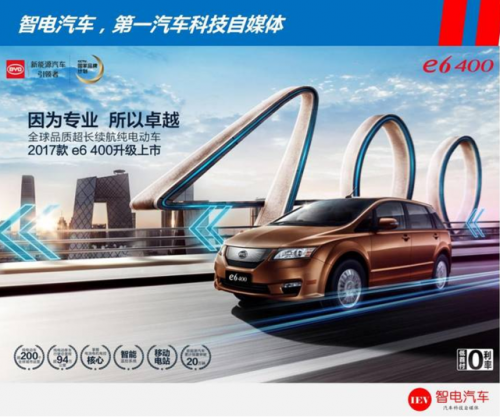
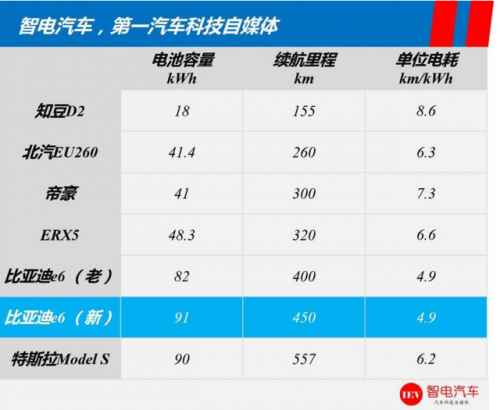
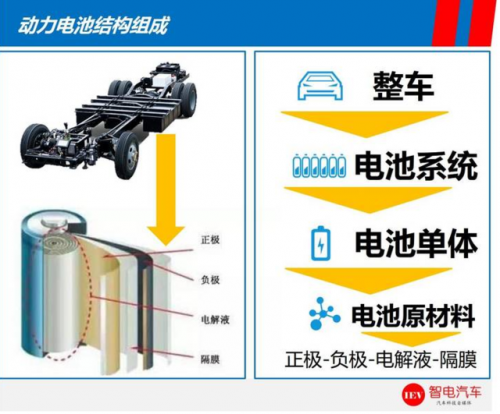
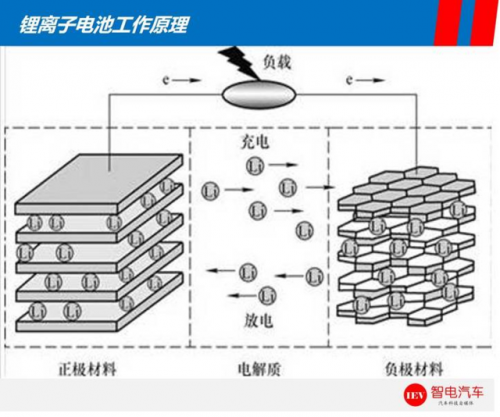
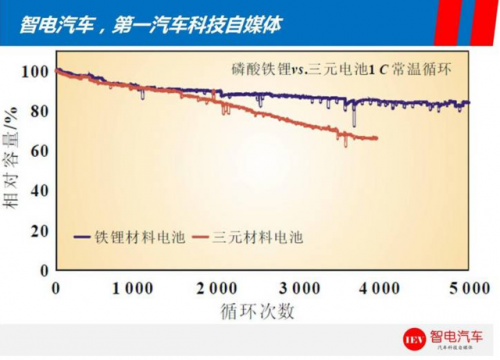
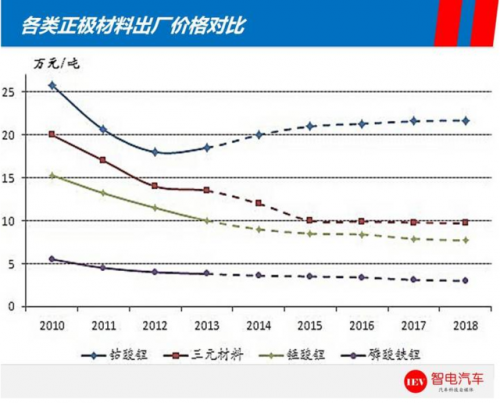

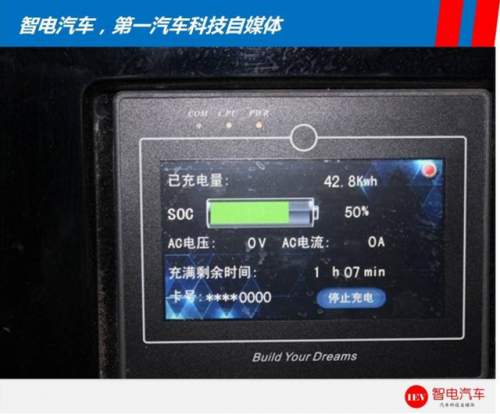
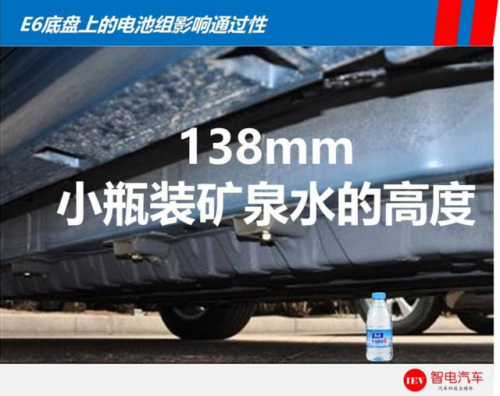
kk energy vape.energy 5000puffs,energy vape 5000 puff,energy disposable vape 5000 puffs,kk energy 5000 Puffs
Shenzhen Ousida Technology Co., Ltd , https://en.osdvape.com